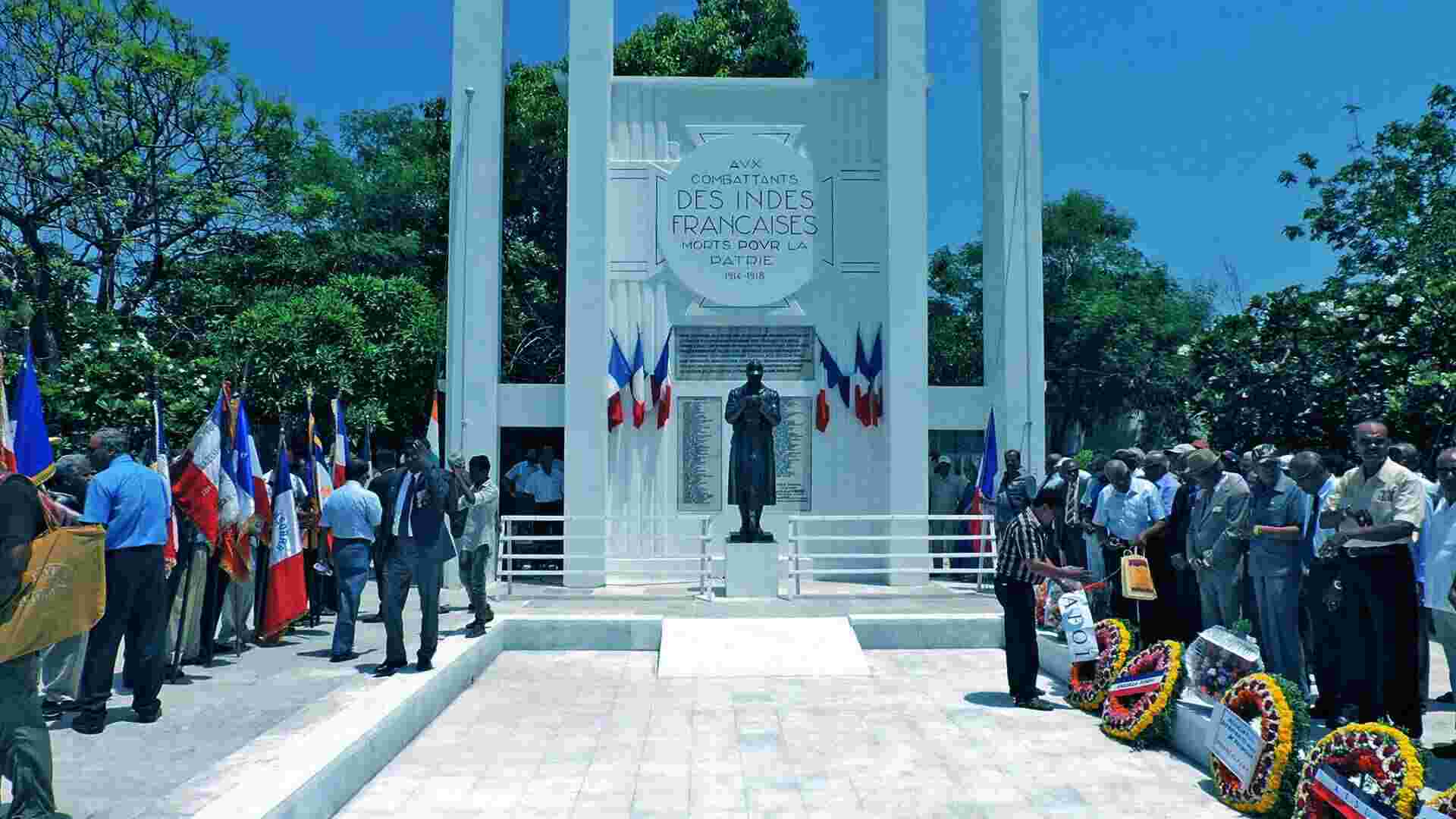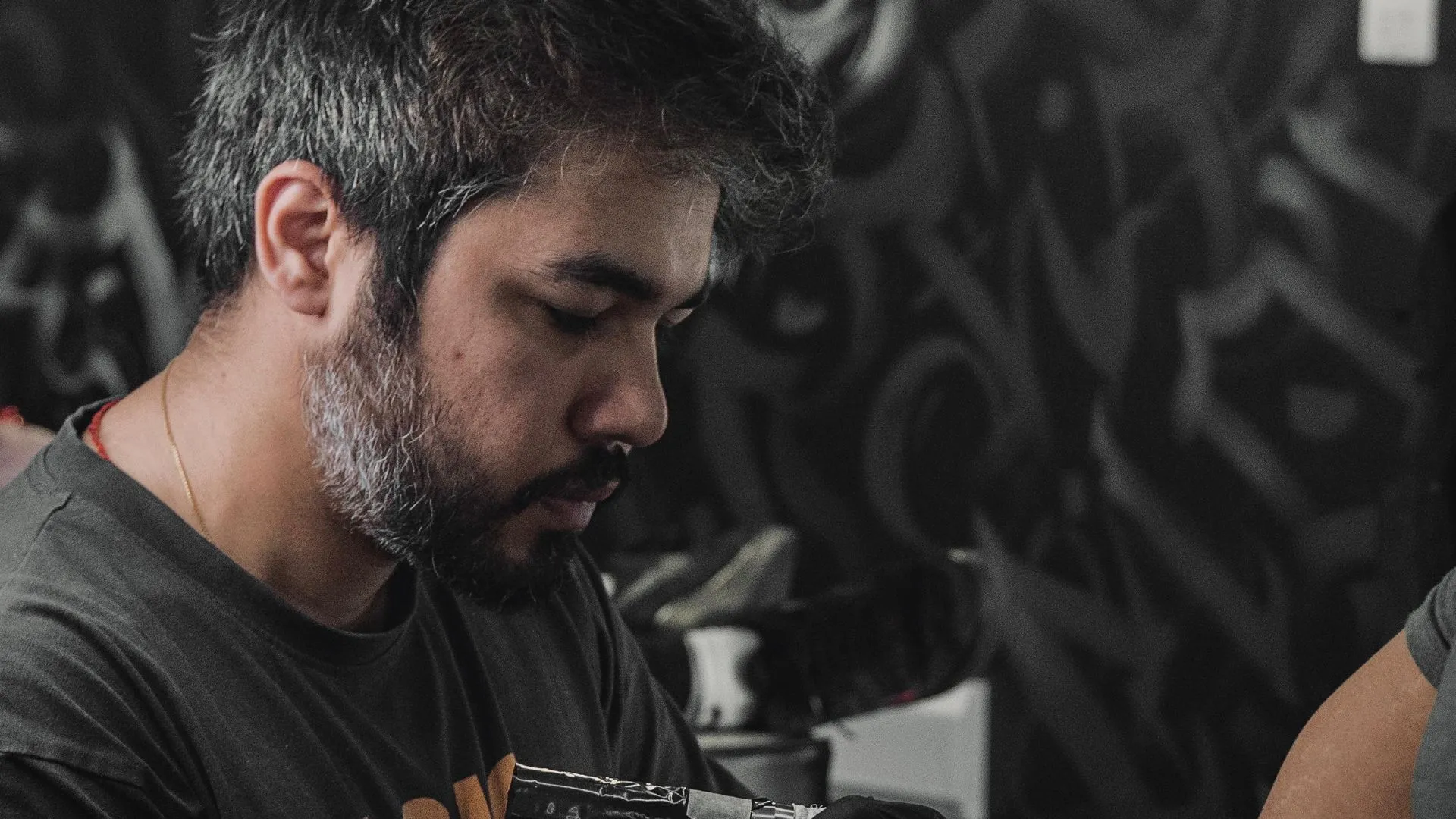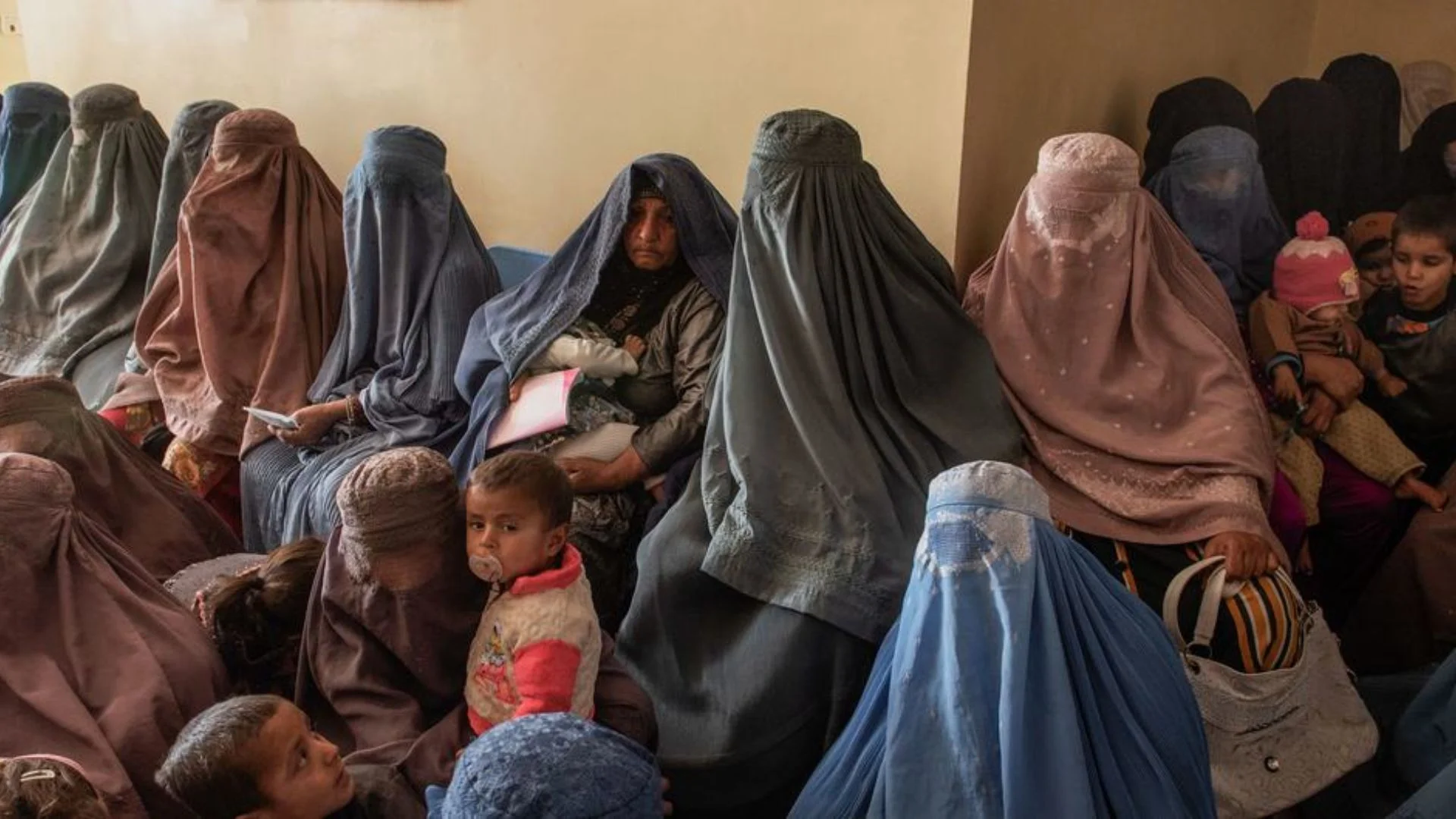From the 17th century until 1954, Pondicherry stood as a prominent French colonial enclave in India, where Indian and French cultures intertwined to create a unique tapestry of heritage. This legacy is most visibly preserved in “White Town,” characterized by its enduring French colonial architecture, which includes quaint streets, boulevards, and distinctively designed buildings. Institutions such as the French Institute of Pondicherry and the French International School continue to promote French language education, sustaining cultural ties.
Throughout the year, Pondicherry and other former French enclaves like Karikal, Yanam, Mahé, and Chandernagore comes alive with celebrations like Bastille Day, marked by vibrant parades, cultural exhibitions, and the aroma of French cuisine. These festivities are amplified by institutions such as the French War Memorial, underscoring the city’s deep-rooted connection to French history and traditions.
Cultural Traditions
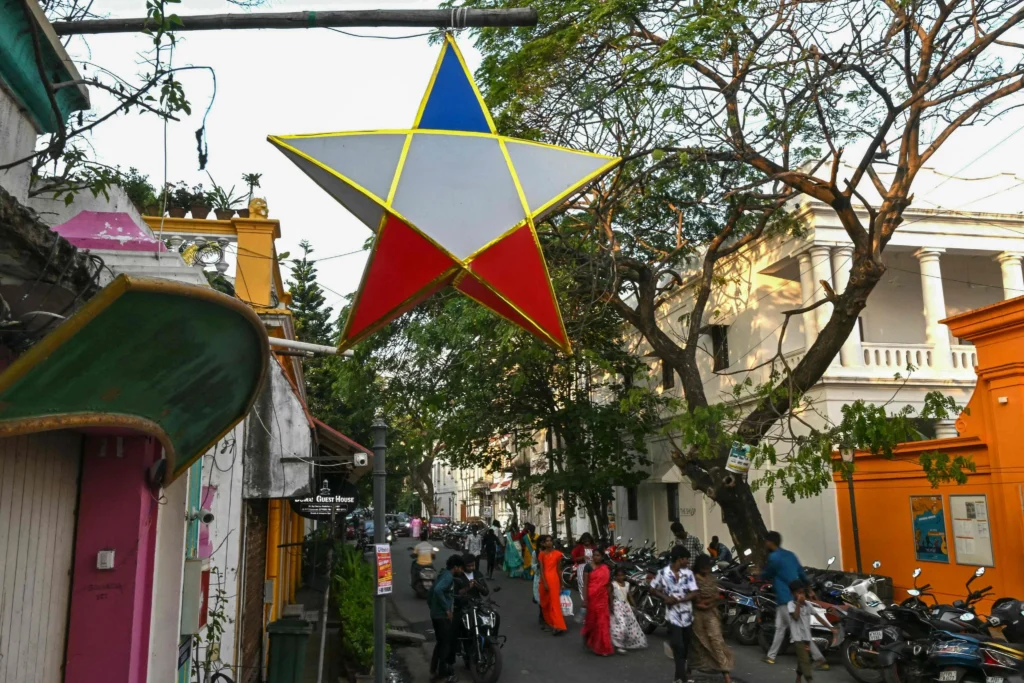
Language: French remains integral, taught in schools and spoken within communities, preserving cultural identity.
Cuisine: Pondicherry embraces French gastronomy, influencing local culinary offerings and dining experiences.From the 17th century until 1954, Pondicherry was a prominent French colonial outpost in India, melding Indian and French influences.
Architectural Legacy: Notably, “White Town” showcases enduring French colonial architecture. French language education persists through institutions like the French Institute of Pondicherry and the French International School.
Festivities: Celebrations like Bastille Day feature parades, cultural displays, and French cuisine, bolstered by institutions like the French War Memorial.
Architecture: Restoration efforts maintain colonial-era buildings, particularly in Pondicherry’s White Town, showcasing French architectural prowess.
French culture thrives among Indians, particularly in regions once part of French colonial enclaves. Indo-French communities in places like Pondicherry uphold their cultural heritage through various means.
Community Organizations
Community organizations like the Mutual Society of Creoles foster camaraderie among families of French and Tamil descent. They actively preserve French traditions and cultural events . Additionally, institutions such as the French Consulate in Pondicherry play a pivotal role. They organize events and maintain cultural centers that uphold French language and traditions .
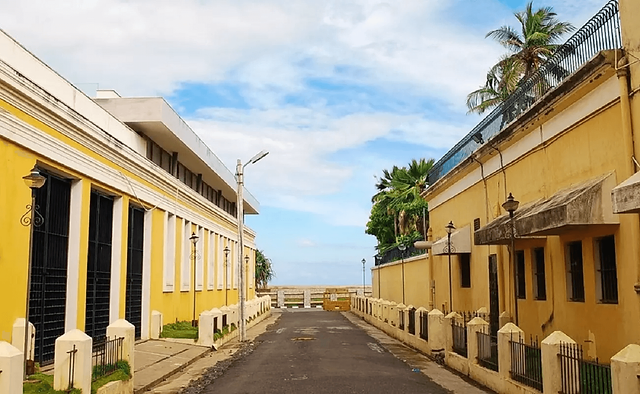 French Architecture and Culture
French Architecture and Culture
French colonial influence is prominently seen in the architecture of places like Pondicherry. This includes broad tree-lined avenues, colonial-style buildings, and distinct divisions between the “French Quarter” and “Indian Quarter”. Figures such as Ari Gautier, with French ancestry, contribute to literature and arts in the French language, further enriching cultural continuity.
Celebrating Bastille Day
Indo-French communities in Pondicherry commemorate Bastille Day (July 14) with fervor. This annual celebration marks the Storming of the Bastille in 1789, a pivotal moment in the French Revolution . Festivities include parades, cultural events, and indulgence in French cuisine. The French consulate in Pondicherry organizes official celebrations, drawing both local French residents and Indian participants.
In summary, the enduring legacy of French colonialism in India is vividly preserved through language, architecture, cuisine, and vibrant community engagements. Indo-French communities continue to celebrate their shared heritage, ensuring that French culture thrives in the heart of India.

